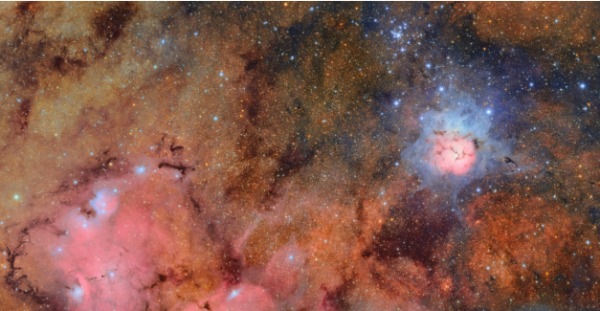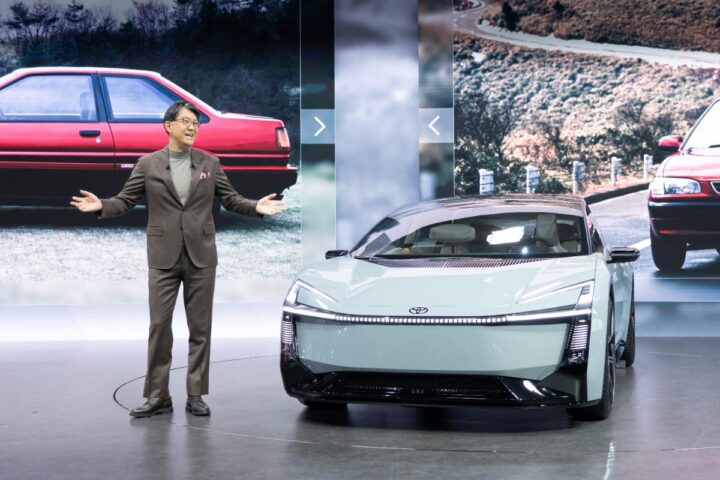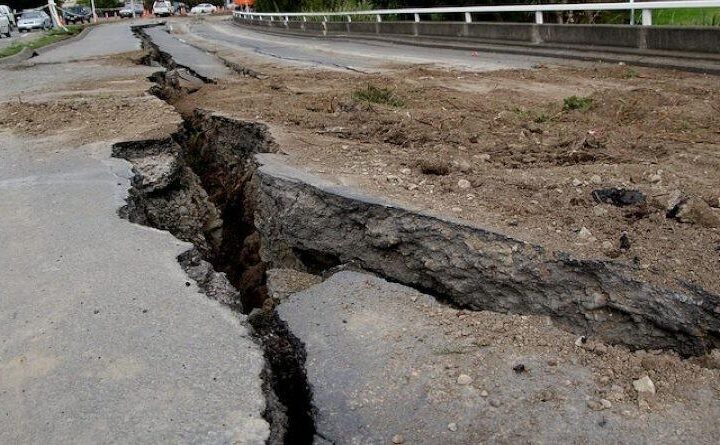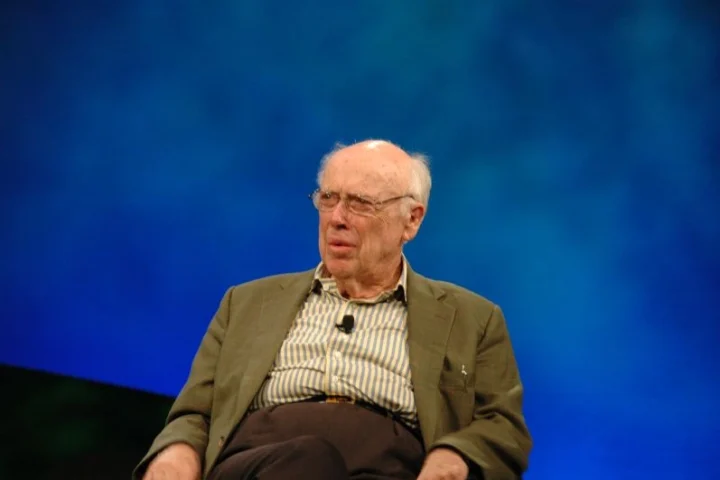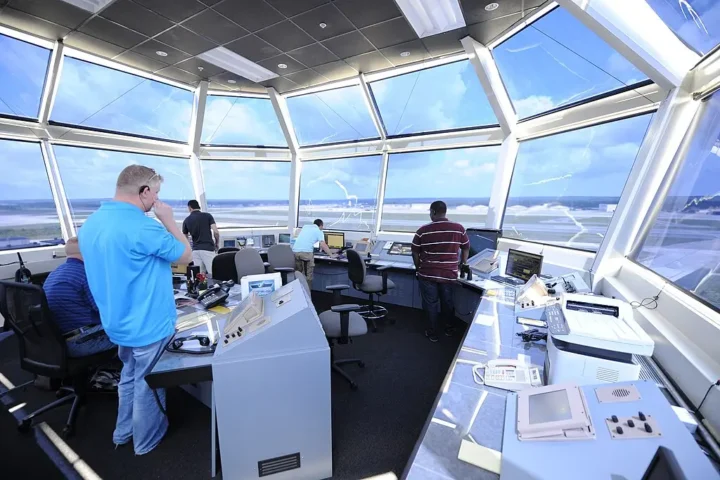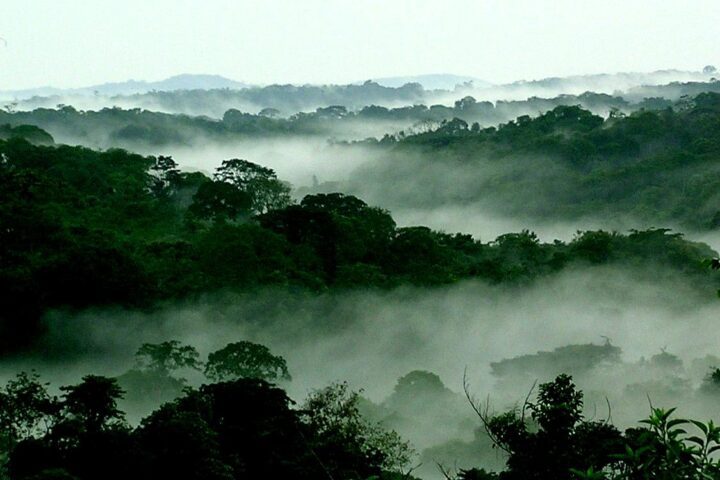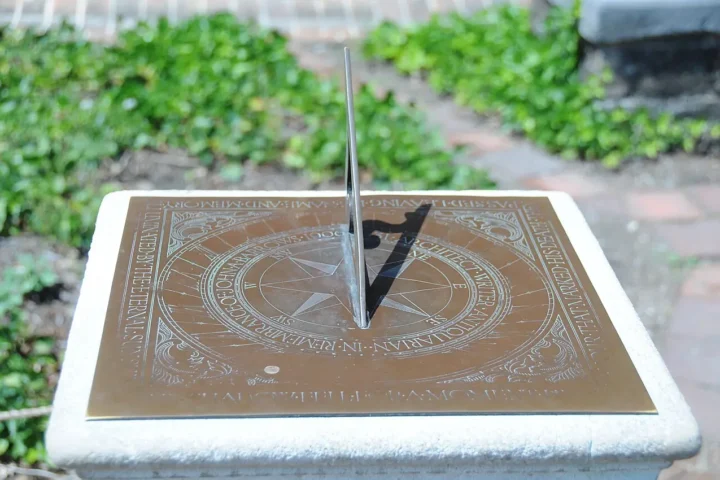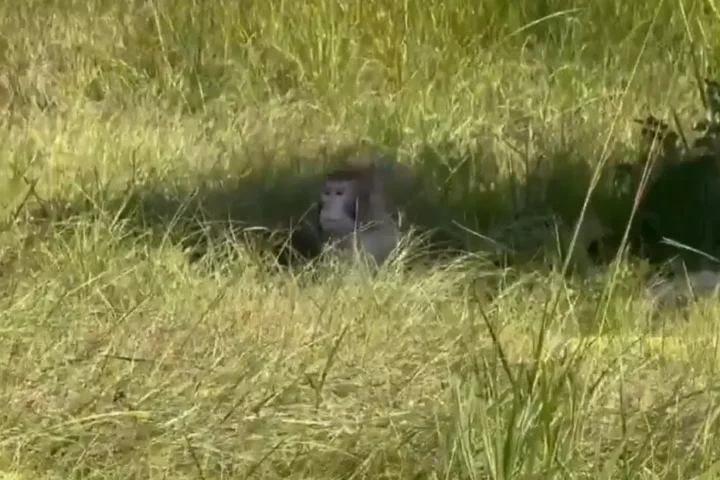The world’s largest digital camera has just opened its eye to the universe, and what it sees is changing how we understand space.
The Vera C. Rubin Observatory in Chile released its first batch of images on June 23, 2025, showing parts of our universe with stunning clarity. In just 10 hours of scanning the night sky, this powerful new telescope captured light from over 10 million galaxies and discovered 2,104 asteroids that scientists didn’t know existed before.
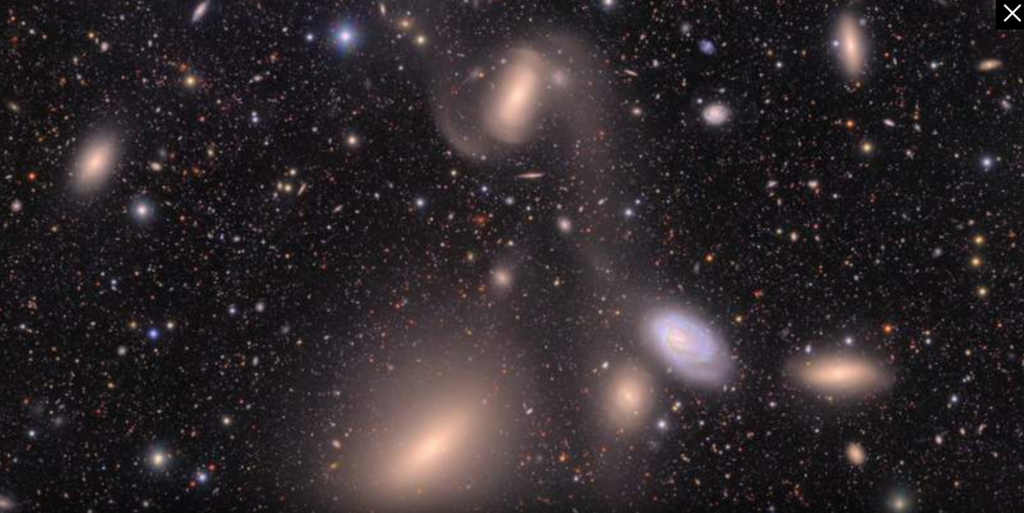
“Building the world’s largest digital camera will allow scientists to explore the cosmos in new ways and at a scale that will enable discoveries that should fundamentally change our understanding of the universe,” said Aaron Roodman, deputy director of the Rubin Construction.
What makes these images special is their incredible detail. The camera packs a massive 3,200 megapixels – about 300 times more powerful than a smartphone camera. Each single image covers an area of sky equivalent to 45 full moons. To view one image at full resolution, you would need about 400 4K television screens.
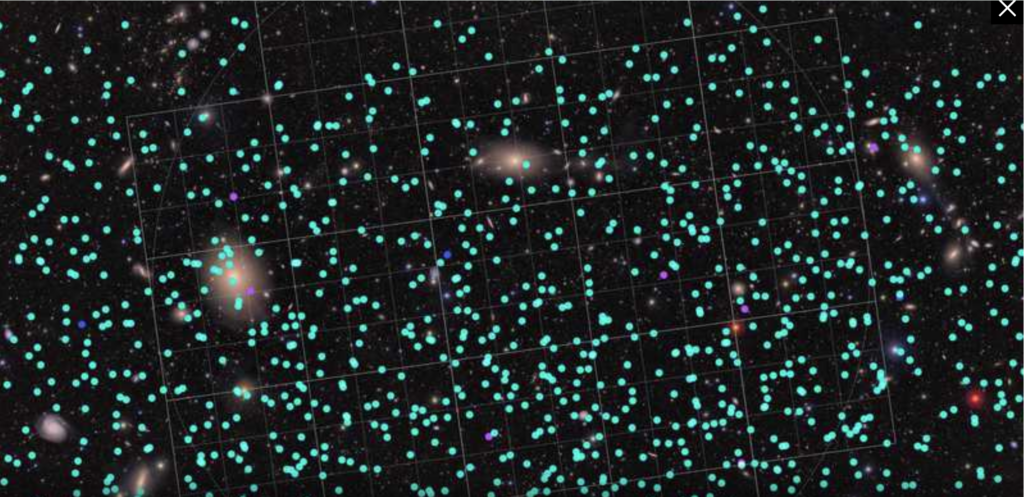
One standout picture shows the Trifid and Lagoon nebulae, star-forming regions located 9,000 light years from Earth. Another image reveals thousands of galaxies in the Virgo Cluster, located about 55 million light years away.
The telescope sits on a mountain in the Chilean Andes, chosen for its dark skies and dry air – perfect conditions for seeing deep into space. From this perch 2,682 meters (8,799 feet) high, the observatory will spend the next decade taking pictures of the entire southern sky every few nights.
Similar Posts
This isn’t just about pretty pictures. The telescope was built to tackle some of space’s biggest mysteries. By mapping billions of galaxies, scientists hope to better understand dark matter and dark energy – invisible forces that make up most of our universe but remain poorly understood.
The telescope will also act as an early warning system for objects that might threaten Earth. In its first observations alone, it spotted seven Near-Earth Objects among the newly discovered asteroids.
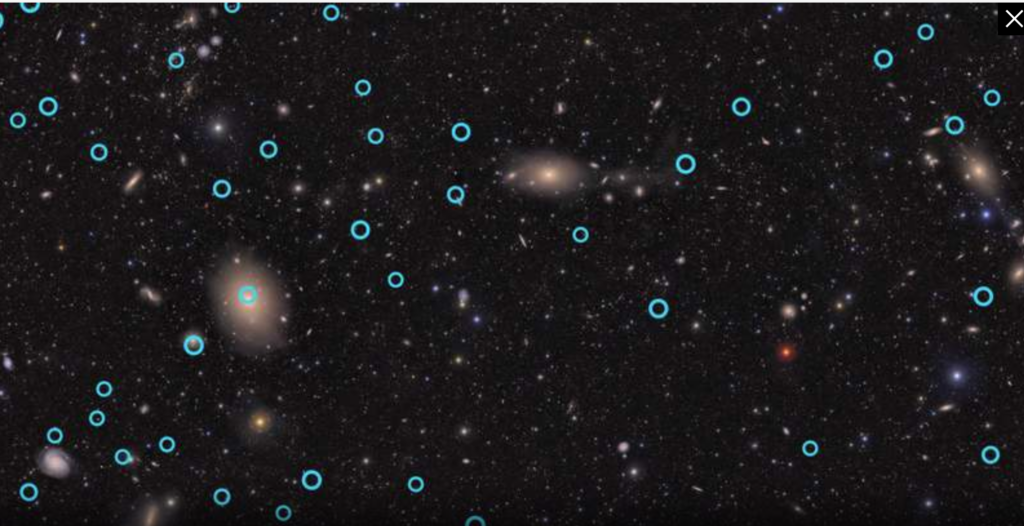
“We can outdo two centuries of effort in just a couple of years,” said Željko Ivezić, Rubin Observatory Construction director, referring to the telescope’s ability to discover new asteroids.
Data from the telescope moves incredibly fast – traveling over 100,000 kilometers via fiber optic cable to reach processing centers in just nine seconds. Each night, the observatory will generate about 20 terabytes of data, eventually building a cosmic record of about 60 petabytes over ten years.

The Rubin Observatory was named after Vera Rubin, an American astronomer who first found evidence for dark matter in the 1960s, despite facing gender discrimination in her field. When Princeton rejected her application because they didn’t accept women, she studied at Cornell instead. Later, when told there were no women’s facilities at Palomar Observatory in 1965, she simply used the men’s restroom, adding a paper skirt to the door to make it unisex.
“The release of our first scientific images marks an extraordinary milestone for Rubin Observatory. It represents the culmination of nearly two decades of dedication, innovation, and collaboration by a global team,” said Ivezić. “With construction now complete, we fully turn our eyes to the skies, not just to take images, but to usher in a whole new era of discovery.”Brian Stone from the National Science Foundation, which helps fund the project, summed it up well: the observatory “will capture more information about our universe than all optical telescopes throughout history combined.”
